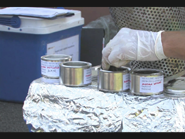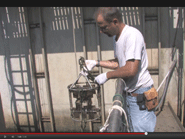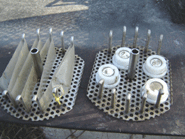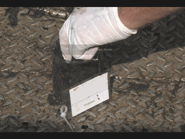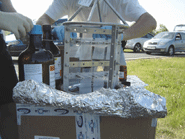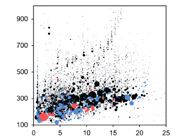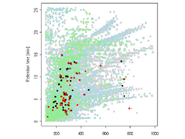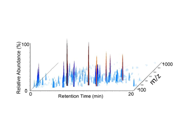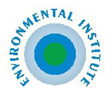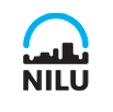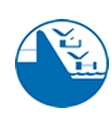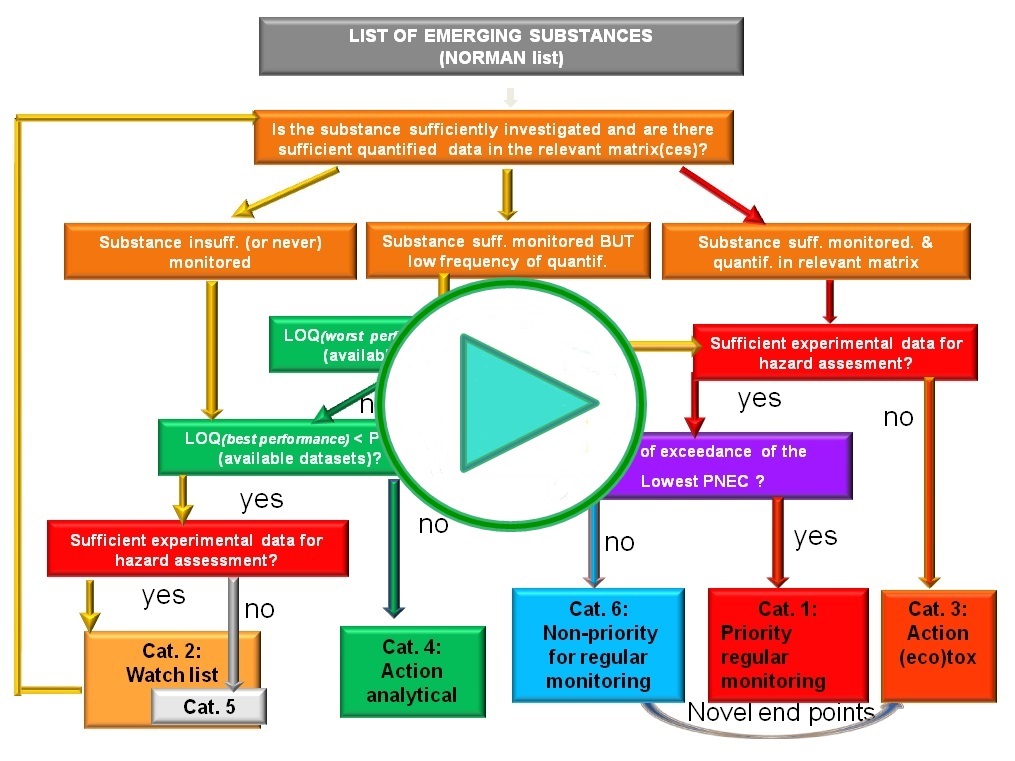You are here
Outcomes of WG1 on prioritisation of emerging substances
2024 : New NORMAN Prioritisation scheme integrating target and suspect screening monitoring data
NORMAN extended its original prioritisation scheme by integrating semi-quantitative data from retrospective suspect screening and expanding existing exposure and risk indicators. Using data from the NORMAN Database System (NDS), including candidate substances, ecotoxicological effects, and physico-chemical properties, the updated scheme was applied to a dataset of >65,000 chemicals from European wastewater samples. The study showed that integrating suspect screening data enhances environmental risk assessment. (Beyond target chemicals: updating the NORMAN prioritisation scheme to support the EU chemicals strategy with semi-quantitative suspect/non-target screening data DOI: https://doi.org/10.1186/s12302-024-00936-3 )
2014: NORMAN actively contributed to the preparation of the 1st EU Watch List under the Water Framework Directive
Art. 8 of Directive 2013/39/EU requires the selection of 10 substances for which there is not enough information to assess the EU-wide exposure and that are suspected of posing a significant risk to, or via, the aquatic environment. The objective is to encourage the production of harmonised monitoring data across the EU in support of future Priority Substances (PS) reviews.
In August 2014 NORMAN submitted a proposal to the Commission:
Organised by INERIS, with 60 participants from across Europe and North America, the final aim of this workshop was to: i) assess the current state of prioritisation methodologies, ii) identify the current gaps and barriers and iii) make recommendations for further development and improved integration of innovative approaches in user-friendly decision-support tools to define priority actions for research and risk management.
Unlike other prioritisation methods, which aim simply to rank all candidate substances against one single prioritisation objective, the NORMAN method combines the ranking process with a prior allocation of the substances into action categories, which allows substances to be managed on the basis of the level of available information, thereby avoiding the exclusion or discrimination of substances for which there are limited data.
The scheme is integrated in the web-based NORMAN EMPODAT database, as a tool for prioritisation of the NORMAN substances, using systematically collected datasets at the European level.
The key principles of the NORMAN prioritisation methodology are provided in a PowerPoint®presentation.
For more information, read here
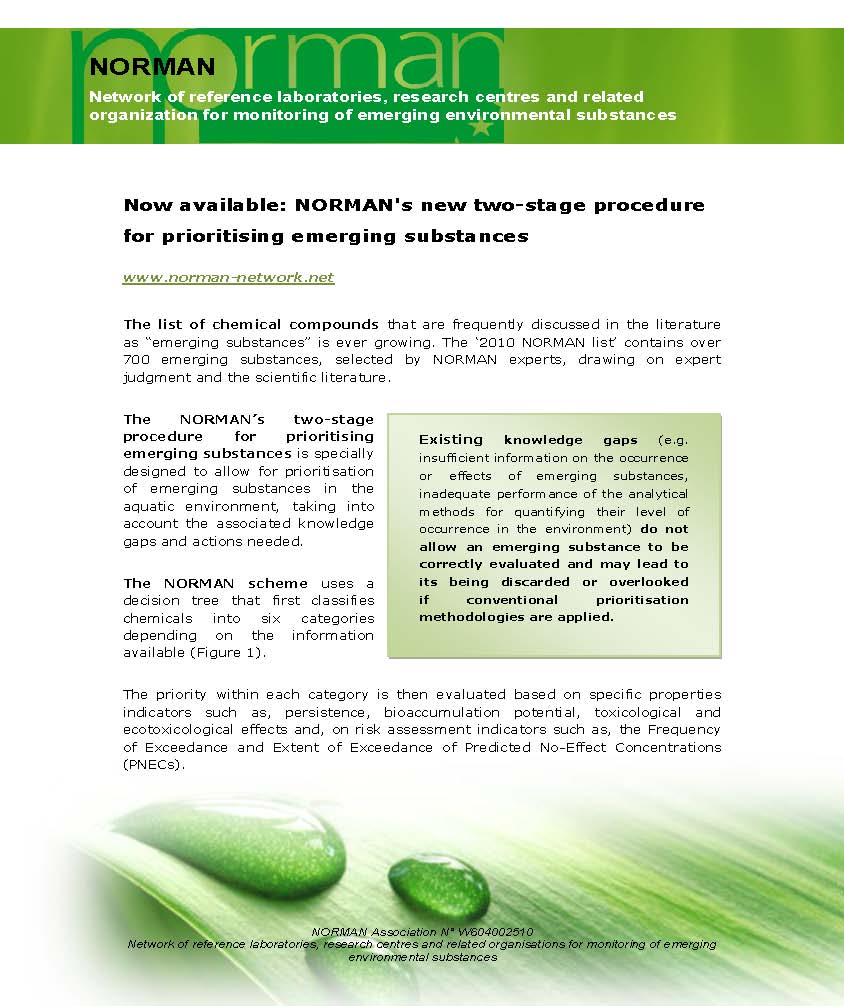 Results of application of the NORMAN prioritisation framework
Results of application of the NORMAN prioritisation framework
Von der Ohe P.C. et al. (2011) A new risk assessment approach for the prioritization of 500 classical and emerging organic microcontaminants as potential river basin specific pollutants under the European Water Framework Directive. The principles of the NORMAN methodology were successfully applied to four river basins in Europe, as reported in this publication by Von der Ohe P.C.
Von der Ohe P.C. et al. (2011) Triclosan—the forgotten priority substance? The application of the methodology revealed the biocide triclosan as one so far overlooked but promising candidate for the future list of priority substances.
NORMAN scheme adopted in France for improving the national monitoring programmes under the WFD
The national regulation in France requires the adoption of a Watch List in order to acquire missing information about the level of presence of emerging contaminants in the aquatic environment and to allow the identification of substances for which specific management actions need to be implemented.
In 2012, in line with the NORMAN prioritisation scheme, 182 substances were selected for a large national monitoring screening campaign at 200 sites in surface waters. Some of the substances identified in this study (highest frequency of quantification, frequency of exceedance and degree of exceedance of the Lowest PNEC, etc.) are now part of the French Watch List for more in-depth monitoring (3 years) in the aquatic environments. The results of the screening campaign (raw data) are published in the NORMAN EMPODAT database.
